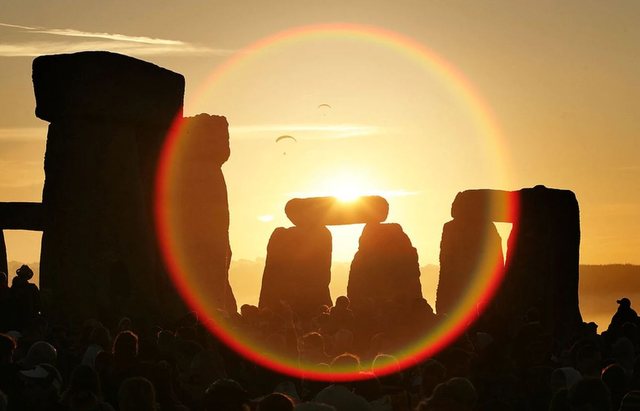
1. June 21 is the longest day of the year and coincides exactly with the so-called "Summer Solstice". The sun rose at 4:39 today and sets at 21:28.
2. In the northern hemisphere, the soloist almost always falls on June 21st. The summer solstice can take place between 20 and 22 June. In 2021, the solstice is today, the 21st.
3. From an astronomical point of view, this means that the Sun, in its motion, reaches the maximum northern distance from Ecuador.
4. The word solstic comes from the Latin word "solstitium" which means 'the sun has stopped'.
5. The common name of this phenomenon is used among the pagans, "Litha".

6. On this day, hundreds of pagans, but also others gather in Stonehenge, to watch the sunrise in the morning.
7. The great heat does not come from the fact that the Earth is closer to the Sun. Suffice it to think that in us the exact opposite happens, as long as the planet is at a maximum distance from its star.
8. The Earth-Sun distance has nothing to do with the seasons. These, in fact, are affected by the bending of the ground axis to 23.5 degrees.
9. Also, it should be said that June 21 does not coincide with the hottest day of the year.
10. Thermostat is called the phenomenon, for which the hottest period is shifted around the end of July, due to the terrestrial atmosphere.






